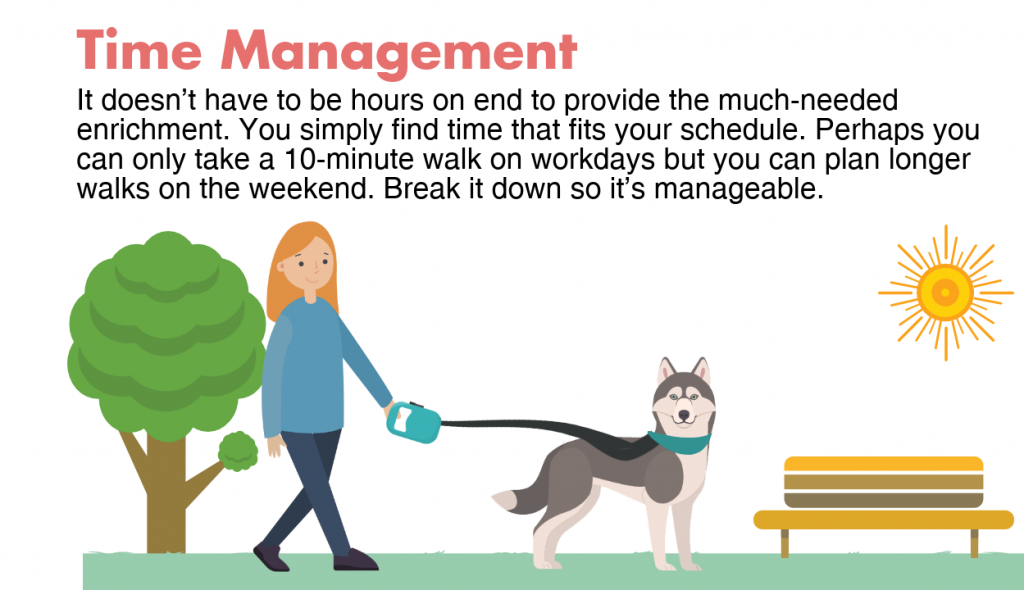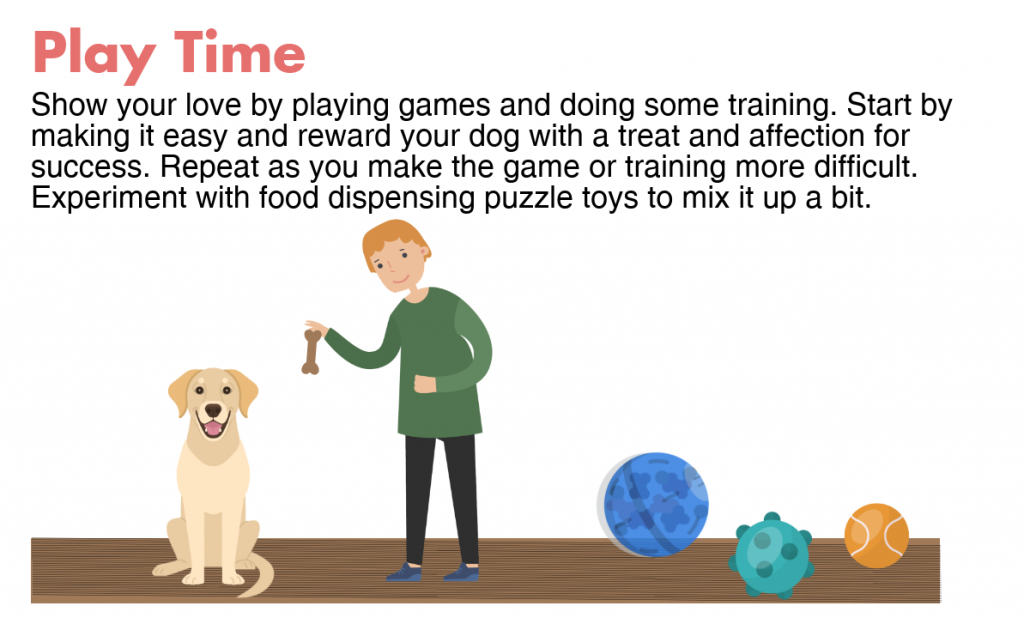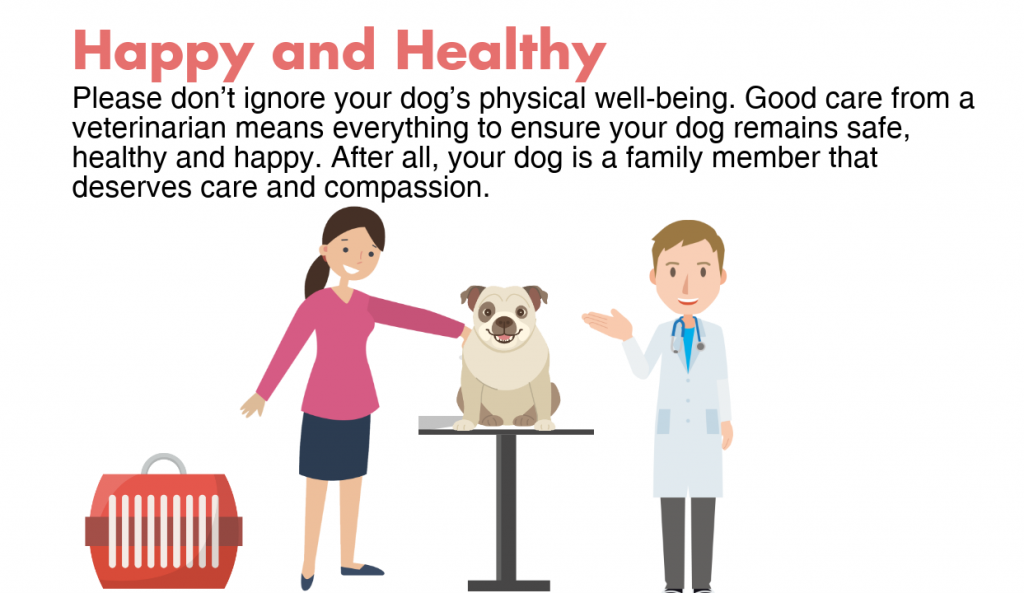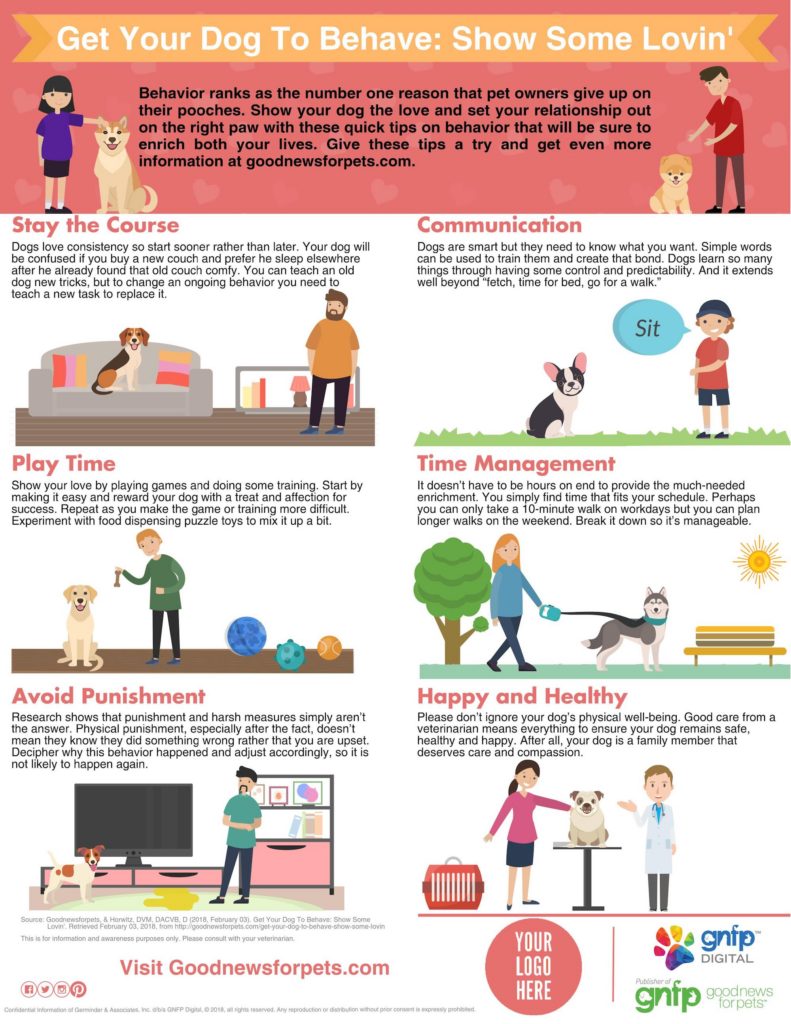Say it ain’t so, Cooper. What’s that? Shelters are loaded with dogs abandoned by pet owners. That’s not right, is it? No, Cooper, you are correct. Too many dogs find their way to shelters simply because their pet owners failed to offer a lot of love and understanding.
Behavior ranks as the No. 1 reason that pet owners give up on their pooches. Couldn’t take another torn up couch. Another pair of shoes destroyed. Garbage litters the floor every time the dog is left alone. Not enough time in the day to spend with that precious puppy.
Stop, right there. You can rest assured that this doesn’t need to happen if you just take the time to embrace your dog and yes show the right love to keep Cooper and you happy, healthy and life-long companions.
Embrace Doggyness: Look at the world from your dog’s viewpoint, says Debra Horwitz, DVM, DACVB, one of the nation’s leading veterinary behaviorists and lead editor of Decoding Your Dog. “It’s important to understand that your dog looks at the world like a dog,” she says. “While they do interact with people, they want to do dog stuff. Embrace their doggyness.” After all, some dogs like to sniff, others like to jump. It’s part of being a dog.
 Show Some Smarts: You come home to a kitchen floor full of garbage strewn about the floor. Now, who left the delicious smelling trash handy for that hungry dog. Simply make sure you either cover it well or hide it. “Make sure food isn’t accessible. Instead of denying it be smarter,” Dr. Horwitz says. Ditto for those new shoes and more.
Show Some Smarts: You come home to a kitchen floor full of garbage strewn about the floor. Now, who left the delicious smelling trash handy for that hungry dog. Simply make sure you either cover it well or hide it. “Make sure food isn’t accessible. Instead of denying it be smarter,” Dr. Horwitz says. Ditto for those new shoes and more.
Time – and Timing – to Eat: Find a routine for chow time. Dogs get hungry but can’t control access to their meal; you do. Dr. Horwitz suggests a small meal in the morning and a larger one at night. And by all means, take them out after feeding to relieve themselves. “This not only shows your love but it supports good behavior.”
Let’s Explore: Dogs love stimulation and interesting new environments. The backyard may be great for a quick potty break but it’s also boring. The backyard looks the same, smells the same. Taking the dog on a quick (5-10 minute) walk before work changes the scenery. “You give your dog something interesting and stimulating,” Dr. Horwitz explains.
Work Out: There’s no better way to build a bond and enhance your and your dog’s physical well being than some exercise. A good walk stimulates their mind and helps when you leave for the day. Contrary to popular belief, dogs don’t run around the house while you’re away so that exercise helps prepare them for the day without you, too.
 Play Time: Call it enrichment. Show your love by playing games and doing some training. Whether it’s fetching a stick or newspaper or finding a hidden toy, you provide enrichment for your dog. Start by making it easy – throw the stick a couple feet or hide the toy under a chair. Then reward your dog with a treat for success. Repeat as you make the game or training more difficult. Experiment with food dispensing toys to mix it up a bit.
Play Time: Call it enrichment. Show your love by playing games and doing some training. Whether it’s fetching a stick or newspaper or finding a hidden toy, you provide enrichment for your dog. Start by making it easy – throw the stick a couple feet or hide the toy under a chair. Then reward your dog with a treat for success. Repeat as you make the game or training more difficult. Experiment with food dispensing toys to mix it up a bit.
Time Management: Who isn’t busy these days but it doesn’t have to be hours on end to provide the much-needed enrichment, Dr. Horwitz says. You simply find time that fits your schedule. You may watch an hour-long show so it’s perfect to play some games during the commercials. Perhaps you can only take a 10-minute walk on workdays but you can plan longer walks on the weekend. Break it down so it’s manageable.
Communicate: Dogs are smart but they need to know what you want. Simple words can be used to train them and create that bond. For example, “Come over for some lovin’.” Eventually, your dog understands that it’s time for that embrace. “Dogs learn so many things through having some control and predictability,” Dr. Horwitz notes. And it extends well beyond “fetch, time for bed, go for a walk.”
Mixed Messages: You may not even realize it but perhaps you send the wrong message. Take separation anxiety when your pup goes crazy when you leave for work. Well, do you just leave. Instead, spend some time to ease into it. Play with a toy, get some of that lovin’ or hide that favorite treat. If your dog barks when it goes outside, maybe it’s because he or she learned that barking opens the door to use the outdoor facilities. “We tend to control movement but we also can use it to control expectations. You set the stage,” Dr. Horwitz notes.
Start Early; Stay the Course: By all means, love and teach your dog from the start. Dogs simply need consistency. For example, if Cooper was always allowed to jump on the couch, don’t expect him to stay off that brand-new couch. That’s confusing since Cooper only knows that the couch is comfy. Always start as you plan to go on, Dr. Horwitz stresses. You can teach an old dog new tricks. However, remember to stop an ongoing behavior, you need to teach your dog something new to replace it.
 Know Your Dog: Your dog is a family member. They eventually tell you what they prefer. They may enjoy rubbing their ears, petting their tummy, brushing their fur. Then by all means embrace it. They may not like children or strangers. Don’t force your dog to sit while some innocent child tries to pet it. If strangers set your dog off, find a safe spot when company comes over. Equally important, when you tell your dog what to do, your dog should have the opportunity to decide. “No. I’m sleeping. Leave me alone.” Or perhaps it just doesn’t want to play. If your dog isn’t comfortable doing something, let it go unless it’s essential, Dr. Horwitz cautions.
Know Your Dog: Your dog is a family member. They eventually tell you what they prefer. They may enjoy rubbing their ears, petting their tummy, brushing their fur. Then by all means embrace it. They may not like children or strangers. Don’t force your dog to sit while some innocent child tries to pet it. If strangers set your dog off, find a safe spot when company comes over. Equally important, when you tell your dog what to do, your dog should have the opportunity to decide. “No. I’m sleeping. Leave me alone.” Or perhaps it just doesn’t want to play. If your dog isn’t comfortable doing something, let it go unless it’s essential, Dr. Horwitz cautions.
Avoid Punishment: Research shows that punishment and harsh measures simply aren’t the answer. Physical punishment, especially after the fact, doesn’t mean they know they did something wrong rather that you are upset. And please say no to choke collars and shock collars, Dr. Horwitz pleads. “Just as we’ve learned that it’s not right to physically punish a child, you should never punish your dog.”
Healthy and Happy: Please don’t ignore your dog’s physical well-being, Dr. Horwitz adds. Good care from a veterinarian means everything to ensure your dog remains safe, healthy and happy.
In the end, it takes time, commitment and compassion. When you embrace your dog’s doggyness, you show the love and build a bond that enriches you and your dog’s lifelong friendship. And Cooper will thank you for finding a forever home rather than a shelter.
Debra Horwitz, DVM, DACVB spreads the lovin’ as editor and author in Blackwell’s Five-Minute Veterinary Consult Clinical Companion: Canine and Feline Behavior, Second Edition. Released in January 2018, the updated book offers a comprehensive guide to diagnosing and managing behavior problems in dogs and cats.

Register on gnfp.com to gain access to the Winter 2018 digital download series and to find out more about GNFP Digital services.

